Dance is the movement of the human body in a rhythmic way. Dance serves many functions in human society. It is an art form, a social activity, a type of communication, and a form of recreation. People can dance by themselves, in couples, or in large groups. The dance can be spontaneous or performed in established movements. It can tell a story, explore an emotion, or serve as a form of self-expression. Many people dance as a career, but anyone can dance simply by moving in rhythm.
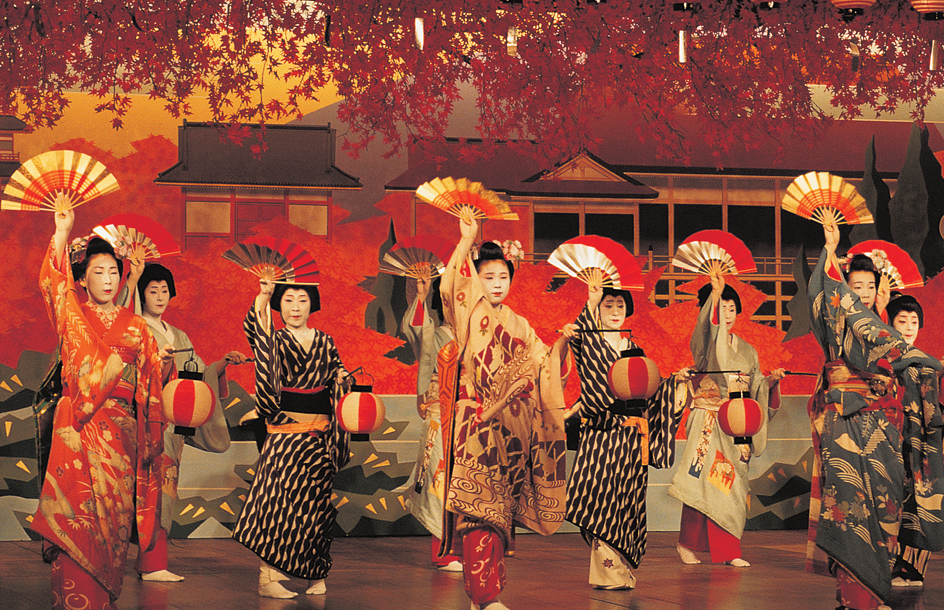
Dance is among the oldest human art forms. Dancing extends beyond the human species itself. For example, many animals perform complex dances during courtship.
Dance differs from other kinds of rhythmic movement, such as dribbling a basketball, because in dance the movement itself is the goal of the activity. Music usually accompanies dance, providing the rhythm, tempo, and mood for the movements.
In modern societies, many people enjoy dancing simply for entertainment. Each generation creates new dances as an expression of its own sense of life and fun. For example, rock dancing arose about 1960 with the popularity of rock music. This type of dance was created primarily by and for young people. Rock dances such as the twist did not require partners to touch each other while they danced. The dancing was free-spirited and individual, allowing each dancer to create his or her own steps spontaneously. Rock dancing stressed pure emotion underscored by the strong beat of the music.
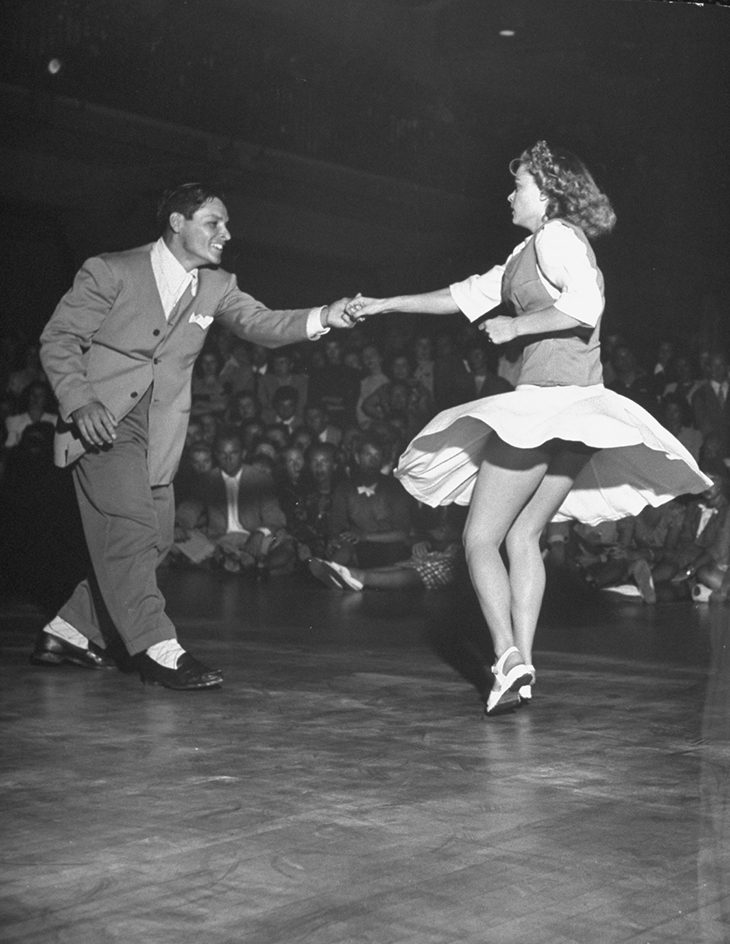
Why people dance
Religious reasons.
For thousands of years, human beings have danced for religious reasons. Many religions involve some form of dance. Many religious dances are forms of prayer. Believers dance as they pray for rain, for the fertility of crops, and for success in war or in hunting. Such dances often imitate or pantomime some movement. For example, dancers may imitate the movement of the animal to be hunted, or a hunter’s actions in stalking it. They may wear elaborate costumes and masks or makeup to depict deities or animals.
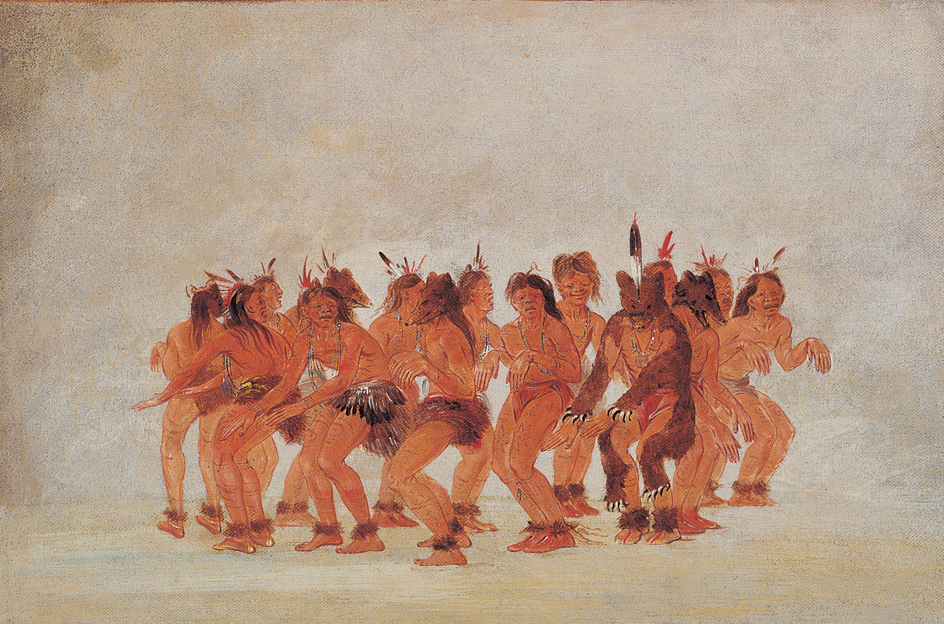
Religious dance also may attempt to create a state of ecstasy (intense joy) or trance in the worshiper. Dance may also be used as one part of a religious occasion or ritual. One example is the dancing of Jews at the festival of Simhat Torah. Another example is the dancing and whirling of members of a Muslim religious order called dervishes. Dancing was a formal element in Christian worship until the A.D. 1100’s, when religious leaders began to prohibit it because they believed it was too worldly an activity. However, spontaneous dance has become a common element of worship among some Protestant denominations.
Social reasons.
Dancing plays an important role in social functions. All societies have characteristic forms of dance. Such dancing may take place at ceremonial occasions or at informal gatherings. Like traditional foods and costumes, dance helps members of a nation or ethnic group recognize their connection to one another and to their ancestors. By dancing together, members of a group express their sense of common identity or belonging.
Dance can strengthen social connections. By dancing together, people share an intimate physical experience that is cooperative and harmonious. Social dances tend to form patterns, such as circles and chains, and to involve the mingling of couples. Examples include square dancing and line dancing. These patterns tend to reinforce a sense of unity. Because dancing involves physical contact, it also serves as a symbol of social bonds, such as when the bride and groom dance the first dance at a wedding reception. 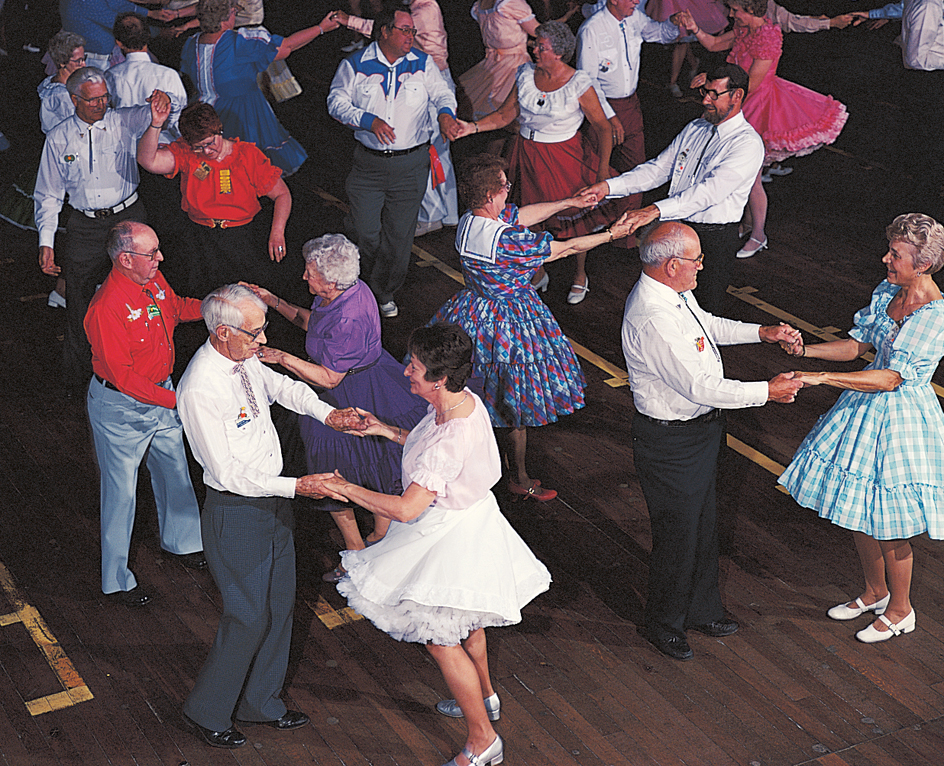
Dance is especially important during courtship, which is one reason it is so popular among young people. Like some animals, people dance as a way of attracting a possible mate by displaying their beauty, grace, and vitality.
Recreational reasons.
Many people dance for fun. Dancing allows individuals to feel their body moving freely, to release energy, and to express exuberance and joy. Dancing is also good exercise. It allows people to test the limits of what their bodies can do, as they fling their arms out, kick up their legs, and stretch and twist their bodies.
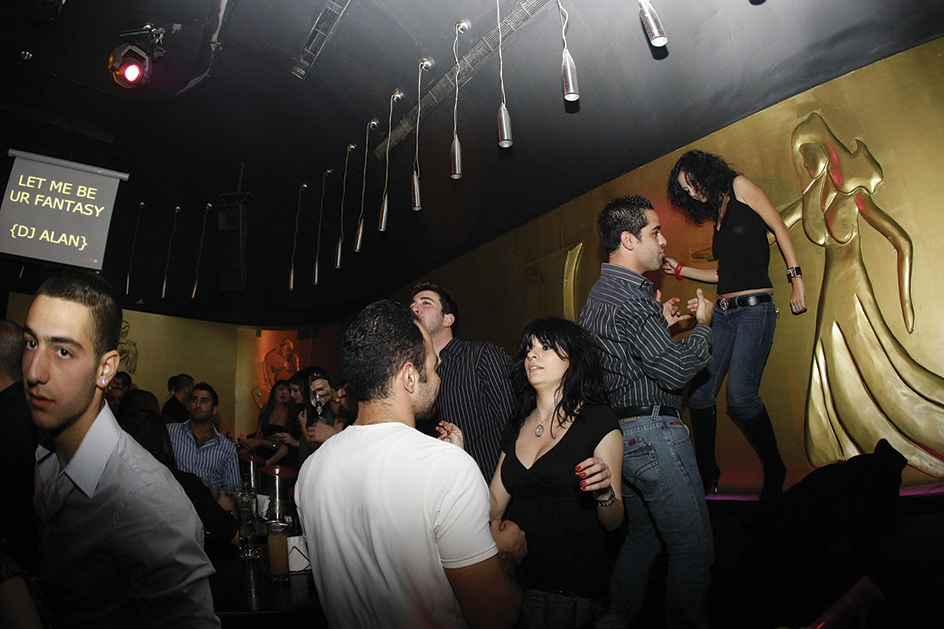
Artistic reasons.
In nearly all societies, dance is an important art form. Its unique powers of self-expression and representation come from the fact that dance uses the body directly, without words, images, or sounds. Dance refines and enlarges the natural human tendency to express feelings physically. The skip of joy becomes a ballerina’s leap. A stomp of rage can develop into complex patterns of stamping and clapping, as in the flamenco dance of Spain.
When a dance is performed before an audience, it can serve as a form of drama, all the more powerful because it is silent. Spoken theater can better represent complex social situations, but dance can more directly convey deep emotions and spiritual states.
Dances to take part in
Many dances are easy to learn and are designed so that almost anyone can participate in them. Social dances are common modern forms of such dances, which might be called participatory, shared, or communal dances. The most basic and widespread forms of communal dances are ritual ethnic dances and folk dances. These two types often overlap, but they differ in their appearance and purpose, and in the occasions on which they are performed.
Ritual ethnic dances
have traditionally been performed by peoples in such places as Africa and the Pacific Islands and by American Indians. The dances of these groups show as much variety as their languages. Dances may be performed to mark many different events, such as initiation rituals, funerals, and certain seasons, such as the harvest. But some features are commonly found in ritual ethnic dancing.
Most ritual ethnic dance is performed in groups rather than by solo dancers or by male-female couples. However, some dancers may have a special solo part or act as leader of the group. Groups of men and women usually dance separately, and different types of dances are designed for men or women. The movements of the men are often sharp and vigorous. Those of the women tend to be more subdued or subtle. A group’s chiefs and priests often dance more than other members of the group. A leader may display authority by performing a certain type of dance.
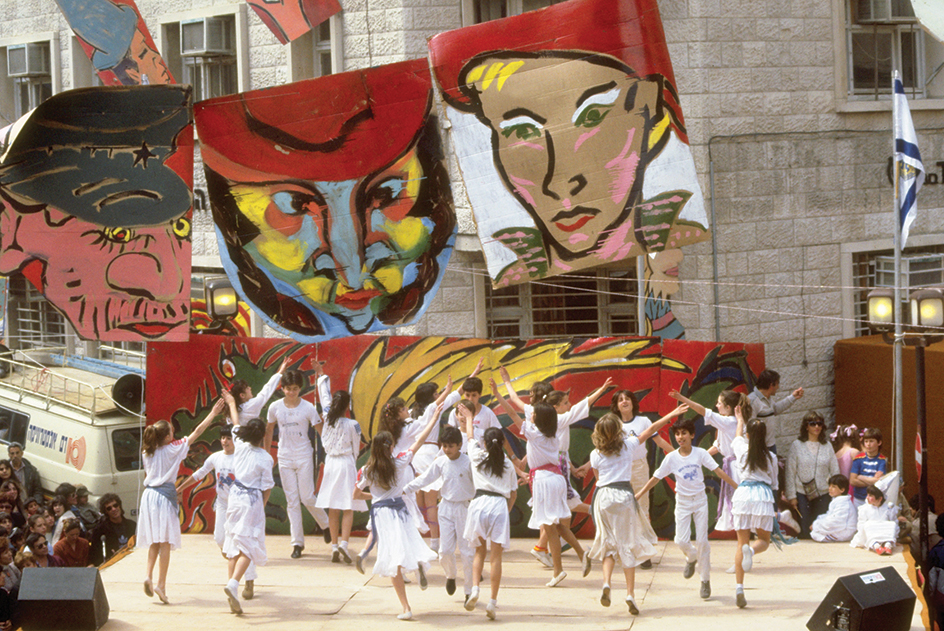
Costumes or masks are often used for specific purposes and occasions in ritual ethnic dance. Dancers may also wear tall, spectacular headdresses, or leg rattles that help establish the rhythm of the dance. Ritual ethnic dances are performed in many arrangements, the most common being a circle. The use of the drum is another common feature of ritual ethnic dancing. For many people, a drum is all they need to give a dance its rhythm. But other instruments, such as flutes, stringed instruments, and horns, are also used.

In some dances, participants may work themselves into a frenzy or trance during which they believe a god or spirit takes possession of their body. Such a dance may begin slowly and build to a hypnotic intensity, ending only when the dancers collapse in exhaustion.
The movements of ritual ethnic dances are varied. The most common movement is stamping the foot on the ground. Large groups of dancers can make the ground shake with this action. Other movements include graceful leaps, swirling motions of the pelvis, and wavelike movements or vibrations of the entire body.
Ritual ethnic dance has long served to pass along a people’s culture and history to its younger generation. However, some of these dances today are performed only as entertainment and no longer have significance as rituals.
Folk dances.
Folk dance is sometimes defined as a dance that developed among the common people, without the aid of choreographers or organizers. Folk dance is sometimes called ethnic dance when it celebrates the traditions of a specific ethnic group. Folk dance and ethnic dance are closely related. But some experts consider ethnic dance a type that is always performed in its original form, while folk dance may be changed or adapted over time.
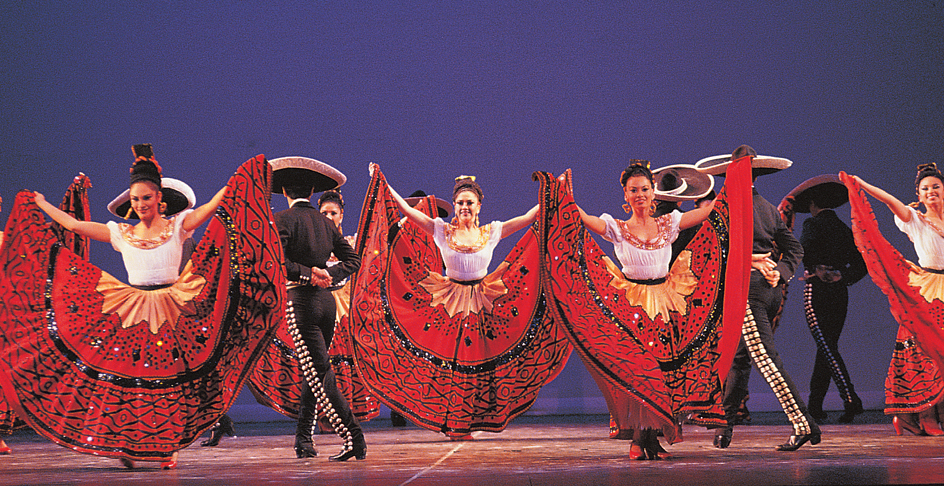
Most folk dances are simple and easy to learn. They usually involve step patterns only, with the arms, head, and body held in a set position. Participants generally join hands or hold each other by the shoulders or around the waist. Most of the dances require only a modest amount of energy, with movement between a walk and a jog. Folk dancers often wear traditional clothing, such as boots; embroidered jackets and skirts; and bright hats, scarves, and leggings.
Folk dance, with its circular formations and linked lines, builds feelings of togetherness. Some folk dances are earthy and vigorous, such as the Morris dance from England, with its stamping and high leaps. Other forms are brisk and lively, such as the Italian tarantella. The jig and the Highland fling of Ireland and Scotland feature rapid footwork.
A folk dance may reflect qualities a group or nation especially admires. For example, Russian folk dances, especially those for men, seem to explode with energy. In Spain, such dances as the flamenco, bolero, and fandango express passion, pride, and sexual desire. 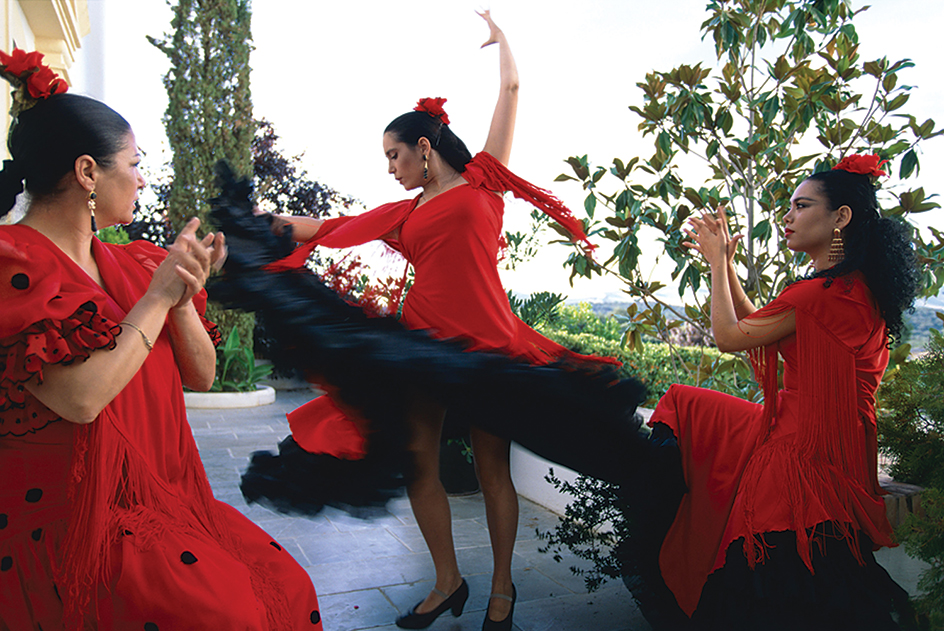
Some folk dances retain elements of their roots in ancient religious observances. The most familiar example is the Maypole dance, traditionally celebrated on May 1. Participants in this happy rural dance welcome spring by weaving bright ribbons around a decorated pole as they dance around it. However, the dance originated as an ancient tree-worshiping ceremony practiced by the early settlers in the great forests that once covered Europe.
Many folk dances developed from peasant dances in Europe during the Middle Ages. However, like other aspects of traditional life, folk dance began to disappear in the change from rural to urban society. Starting in the early 1900’s, some people attempted to preserve and revive the folk dances of their native lands. Today, most folk dances are performed at festivals and events, where people have a special interest in getting in touch with their roots.
Some types of folk dance were created in the 1900’s as a way to build national identity. For example, in Israel, which was founded as a nation in 1948, the people have created new folk dances and adapted old ones, such as the Romanian hora. Other folk dances, such as the American square dance, are modern developments of older forms.
Loading the player...Japanese folk dancers
Social dances.
In addition to developing into today’s folk dances, the peasant dances of medieval Europe also evolved into a third type of participatory dance, called social dance. In social dancing, people in modern societies dance for personal pleasure. Each generation creates its own type of social dance to express its own sense of life and fun.
Social dances emerged in the late Middle Ages as the European aristocracy began to modify the dances of the common people to make the dances more suitable for the court. The traditional circle dances began to acquire more elegance and refinement. Dancers paid more attention to details of etiquette and technique, such as how to approach one’s partner and how to hold one’s head. Soon dancing came to be regarded as the best way to teach the graceful body movement and gracious behavior expected of the courtier.
In the late 1600’s and early 1700’s, King Louis XIV of France brought aristocratic life to a high state of development. Louis was especially dedicated to the art of the dance. Courtly dances of his time included the gigue, minuet, and pavane. The French court of the early 1700’s also adapted English country dances into formal dances for groups of eight. These dances, called cotillon, soon became popular in England and other European countries. Eventually, these formal dances were carried to the United States, where their name was changed to cotillion. Today, a formal ball is frequently referred to as a cotillion.
Until about 1800, court dancing emphasized group participation. Then a new kind of social dance arose that put the man and woman into a dance world of their own as partners. These dances became known as ballroom dances because they were performed in large ballrooms. The first ballroom dance was the waltz, a light and gracious turning dance that was popularized in Vienna, Austria, and rapidly swept throughout Europe. At first the waltz caused some controversy. Never before had men and women danced so closely together. 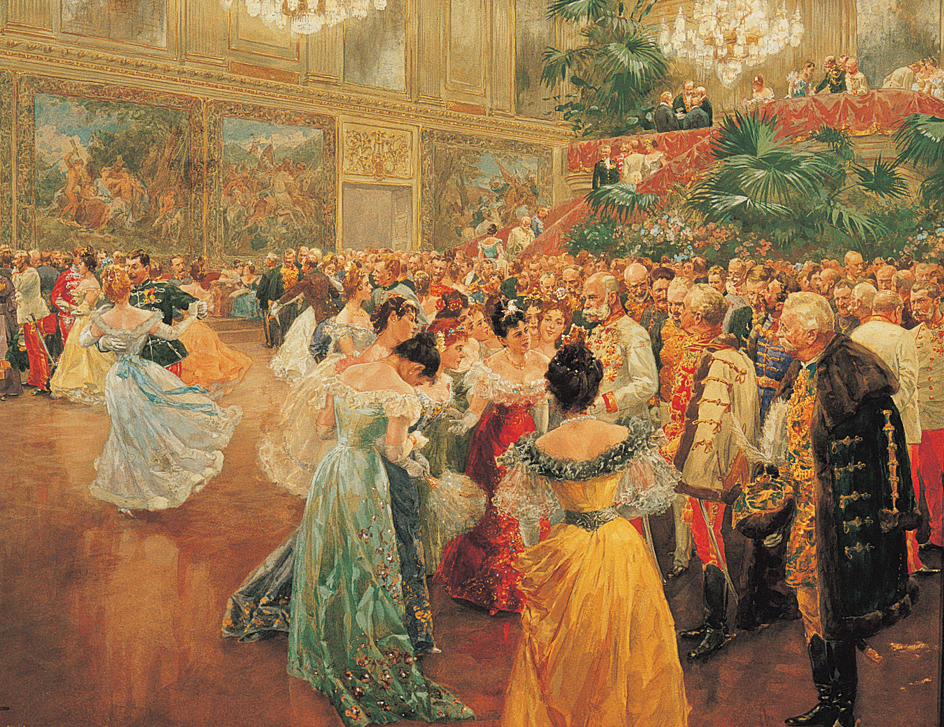
After the waltz gained widespread acceptance, it was joined by other social dances. Many Latin American ballroom dances were introduced in the early 1900’s, including the tango, rumba, and samba. Ballroom dancing has now become an international sport, with competitions held in a number of dance categories. 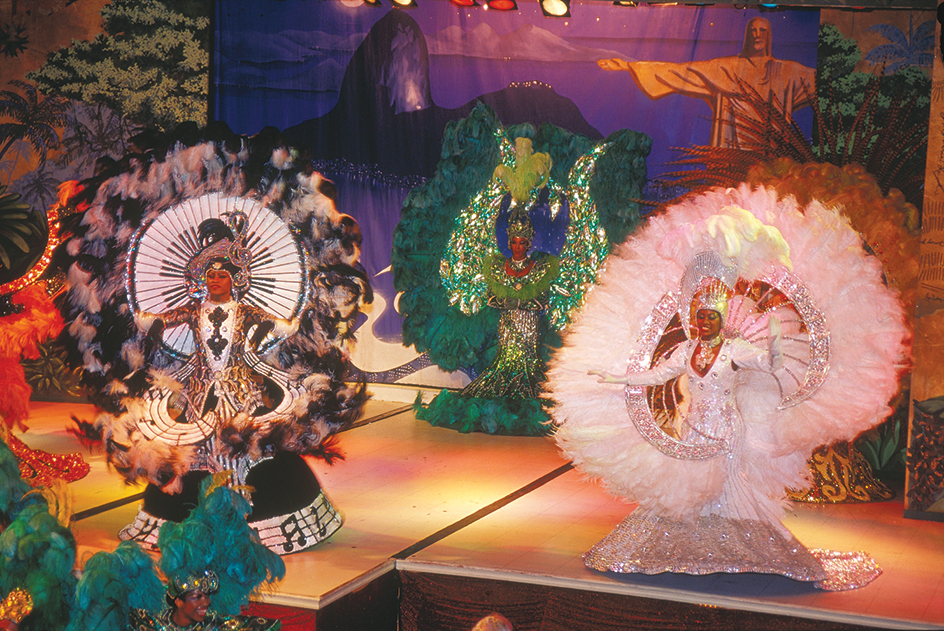
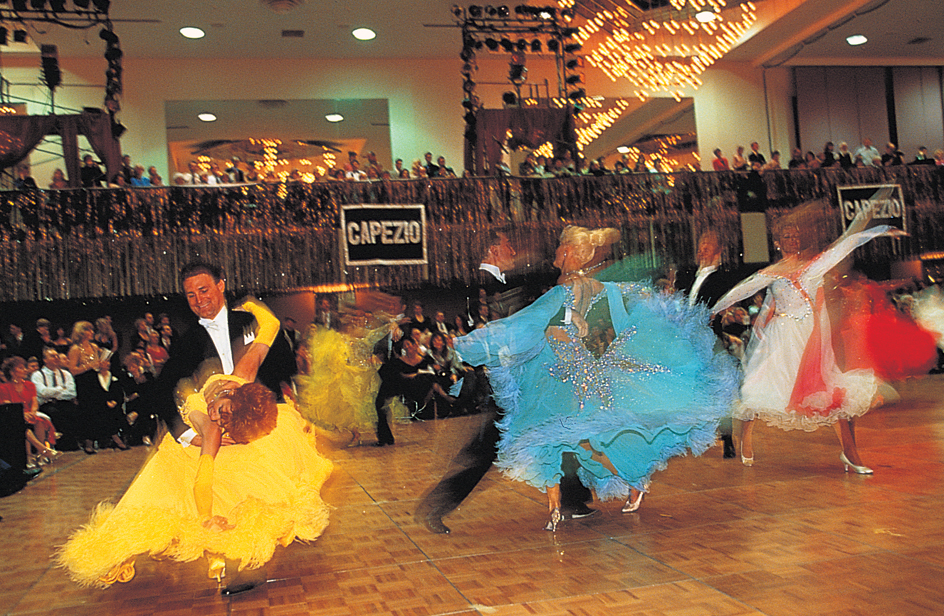
During the 1960’s, another new type of social dance was born that gained popularity among young people. This type, based on rock music, shifted the emphasis from the couple to the individual. At concerts and parties, rock dancing meant “doing your own thing” in the individual’s own style and space on the dance floor. With the strong beat of the music and the desire to be spontaneous and free, dance was returning to its roots in ecstasy and pure emotion.
Dances to watch
The world has two great traditions of what is usually called theatrical dance, the Asian tradition and the European and American tradition. Both traditions employ movements of great beauty, intricacy, and difficulty to convey emotional states and artistic ideas. Both require that the performers undergo long and rigorous training to develop the necessary control of their bodies as well as the necessary expressive qualities. For this reason, unlike participatory or communal dances, theatrical dances are usually performed by professional dancers or dedicated amateurs.
Asian theatrical dance
is primarily religious in nature. In such Asian religions as Hinduism and Buddhism, dance remains a strong link between the faithful and their gods. Asian dance primarily tells stories, acts out prayers, or recounts myths of deities and heroes. It emphasizes gestures of the head, eyes, and especially the hands and fingers. Through these gestures, performers express the story’s fine points and details. Asian dance also features elaborate costuming and bodily decoration, such as ankle bells, shining head pieces, and beautiful robes. Asian dancers also may wear expressive masks that represent certain types of characters.
The movements of Asian dance are generally harmonious and fluid. The dancer stands strongly on bent legs, feet flat and solid on the ground. The body is held erect, and the elbows and wrists are flexible. The changing angles of the elbows and wrists help to shape poses and gestures. The performer’s face is active. The eyes dart, and the mouth grimaces or smiles. The toes usually point upward, while the heels may stamp out complex rhythms. The whole effect is one of great poise, even amidst the most vigorous action.
The Asian theatrical dance tradition originated in India. There are four major forms of Indian dance: (1) bharata natyam, (2) kathakali, (3) kathak, and (4) manipuri.
The most important form is bharata natyam, a solo dance traditionally performed in temples by female dancers called devadasis. Bharata natyam, like other forms of Indian dance, includes a vocabulary of symbolic gestures called mudras or hastas. Each of these gestures may have a variety of meanings. Bharata natyam is danced to classical Hindu religious poetry and is accompanied by a drummer, a singer, and sometimes other musicians as well.
The kathakali presents stories from the Ramayana and the Mahabharata, the great epic poems of Hinduism. Themes from the Puranas, which are long Hindu stories told in verse, may also be used. Kathakali is physically demanding and typically requires dancers to support their weight on the outside edges of their feet.
Kathak is a form that mingles Hindu and Muslim influences. It requires great technical skill and involves speedy footwork and spectacular turns.
Manipuri is more like folk dancing. This form of dance blends solo and group dancing as it tells stories of the Hindu god Krishna.
Throughout Southeast Asia, classical Indian dance combined with local traditions to create distinctive national forms. Cambodian dancers train their fingers, elbows, and other joints to stretch well beyond the natural range. This enables them to perform odd contortions and movements that display a delicate beauty. Dance in Myanmar (also called Burma) relies less on symbolic gestures and uses more humor and mimicry. On the island of Java, now part of Indonesia, performances of dance-dramas called wayang wong exhibit the rigid, jerky quality of puppet theater, from which they developed. Traditional dances on the Indonesian island of Bali are both vigorous and elegant. Balinese dancers perform to the sounds of gongs and flutes.
The dance of China and Japan is less an independent art than part of a total theatrical form that includes singing and spoken drama. Today, the most highly developed form of Chinese dance-drama is the Beijing opera, also called the Peking opera, which is famous especially for its acrobatics. Japanese noh theater is an old, traditional art that emphasizes exquisitely restrained and refined dance elements. Kabuki, another form of traditional Japanese dance-drama, is livelier and appeals to a wider audience. For more information on Chinese and Japanese dance-drama, see Drama (Asian drama) . 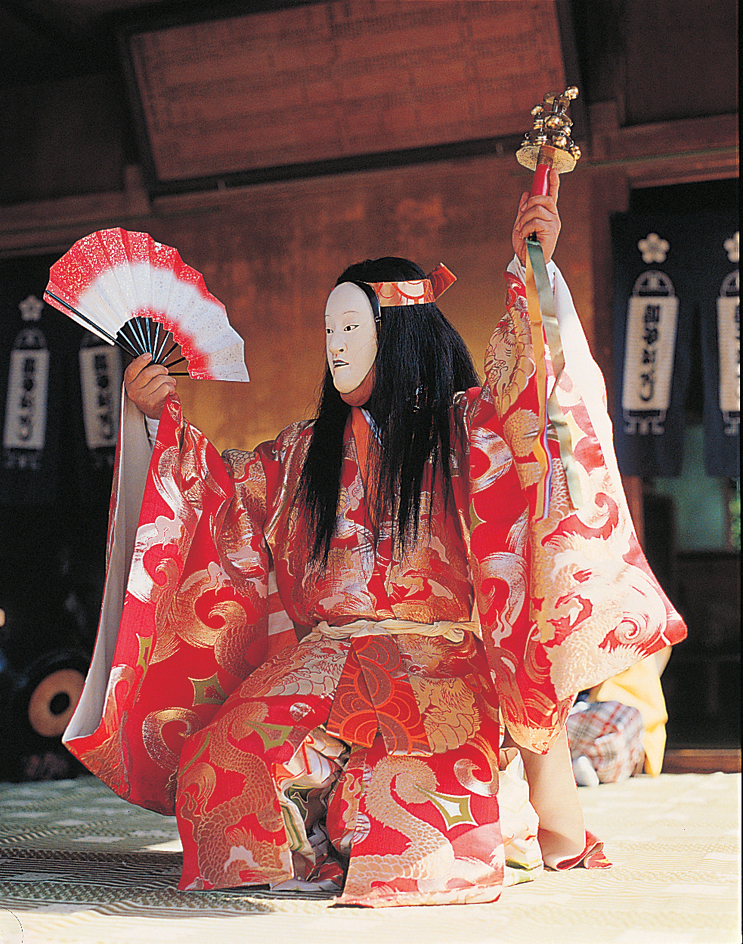
European and American theatrical dance.
In contrast to Asian dance, European and American theatrical dance emphasizes the lower rather than the upper body, and energetic movement rather than precise gesture. Asian dancers communicate with their hands and face, but European and American dancers emphasize their legs and feet. European and American dancers perform leaps and movements in which male dancers lift female partners into the air. In European and American dance, the body does not tell a detailed story as much as it expresses emotions through movement, whether slow and tender, sharp and angry, or large and bold.
Unlike Asian dance, European and American dance is secular–that is, it deals primarily with nonreligious themes. European and American dance explores the earthly rather than the divine. Its most common theme is romantic love, but it also expresses ideas about the natural world, family and community life, and social and political issues. During the 1900’s, dance became a powerful artistic means for portraying the experiences of the isolated individual within modern society.
Ballet
is the oldest and most highly developed form of European theatrical dance, growing out of court dances of the 1400’s and 1500’s. Ballet dances were later replaced by ballroom dancing as a form of social dance. In addition to performing ballets themselves, by the 1600’s court aristocracy employed professional dancers to perform the ballets as staged entertainment. Academies were established to train these professional performers and encourage the development of their art.
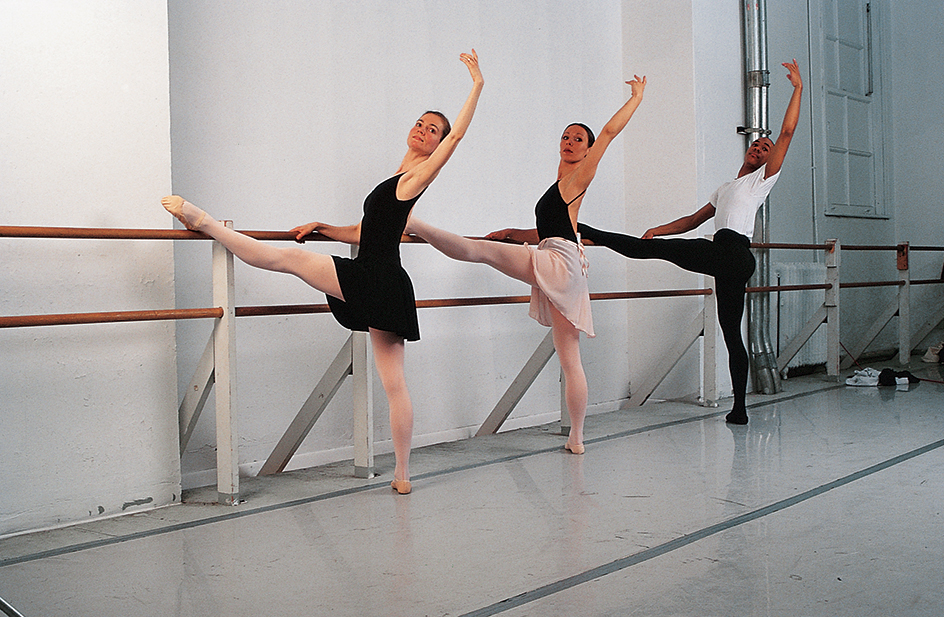
By the late 1800’s, ballet had reached a high level of refinement. Ballet companies had become expensive organizations that produced great spectacles. Ballets used elaborate scenery and costumes to help tell romantic, fairy-tale stories. For more information on the techniques and history of ballet, see the Ballet article.
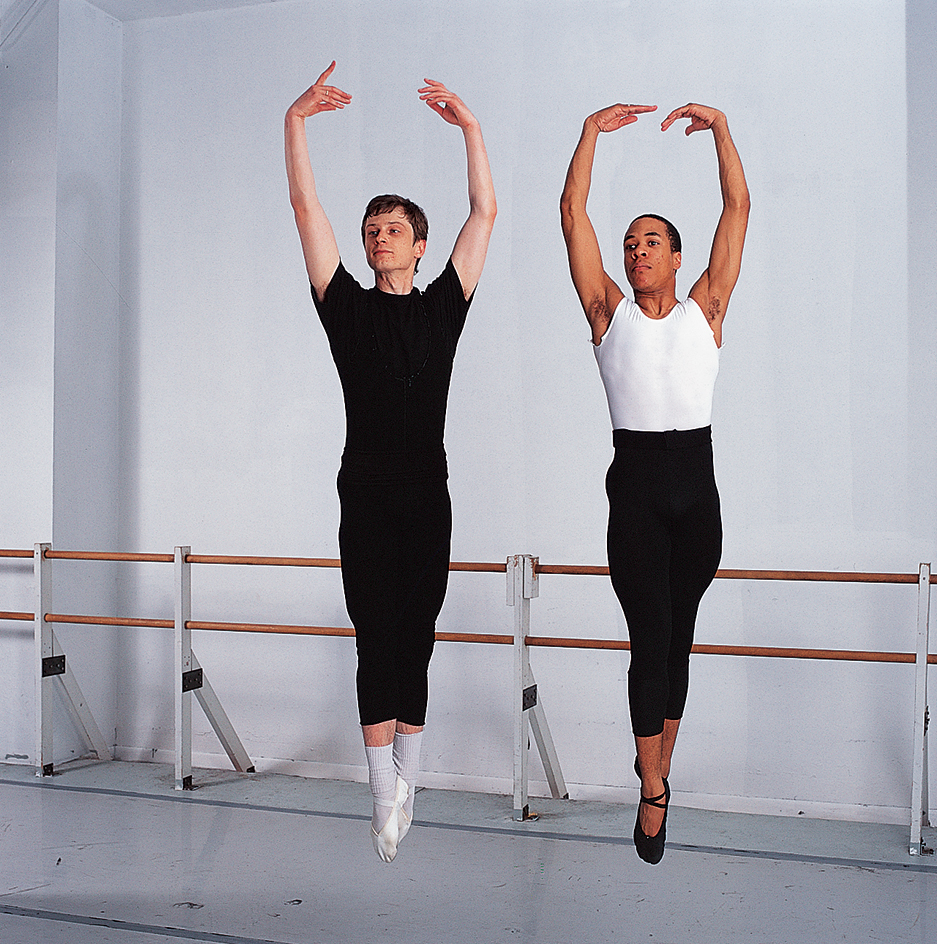
Modern dance
arose as a reaction to the ballet of the late 1800’s, with its rigid organization and heavy use of scenic effects. About 1900, a young American woman named Isadora Duncan became well known for performing a kind of dance that seemed to reject everything in ballet. Duncan danced barefoot in a loosely flowing tunic. She usually danced alone, using natural movements rather than the traditional movements of ballet. Duncan began the modern dance emphasis on individuality and innovation. She called her style of movement “the dance of the future,” but it became best known as modern dance. Duncan’s supporters applauded her work as remarkably fresh and spontaneous.
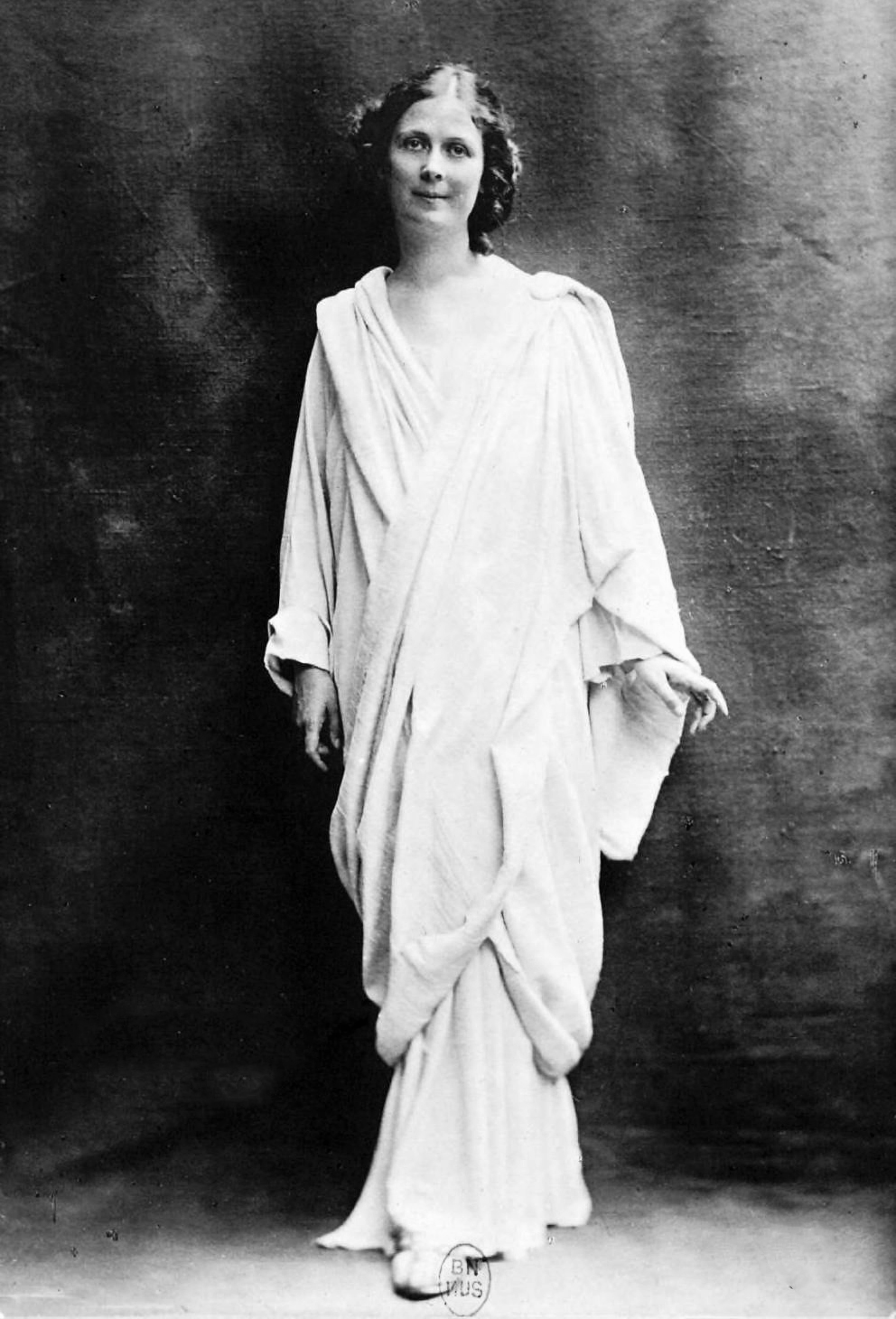
Several American women continued Duncan’s innovations. These dancer-teacher-choreographers included Ruth St. Denis, Doris Humphrey, and Martha Graham. Their revolutionary work was even more impressive because it came during the early 1900’s, at a time when most women had little voice in society. Women artists were scarce in other art forms, and women dancers in ballet had been limited to performing rather than doing choreography.
Martha Graham became the central figure in modern dance in the mid-1900’s. Through her artistry, passion, and intensity, Graham brought modern dance to the level of great art. She developed a method of movement, inspired by the act of breathing, which was based on the contraction and release of muscles. The method was designed to capture the rhythm of human emotion. Graham’s method became the standard modern dance technique adopted throughout the world.

Graham created nearly 200 dances, the best revealing tremendous dramatic qualities. She was unsurpassed at translating psychological conflict and spiritual yearning into movement of startling directness and power.
Martha Graham’s greatest male dancer was Merce Cunningham, who became her most important successor. Cunningham was an innovator in his dance creations. His dances were an element separate from the music that accompanied them. The dances consisted of sections that were put together in any order.
Modern dance has explored a vast array of creative themes and techniques since the 1950’s due to the work of Graham, Cunningham, Doris Humphrey’s follower Jose Limon, and such younger choreographers as Paul Taylor, Twyla Tharp, and Mark Morris. Taylor’s work was noted for its inventiveness and humor. Tharp brought modern dance into contact with both social dance and ballet. Morris gained praise for his witty and passionate work distinguished for its musicality, its elegant simplicity, and its warmly human quality.
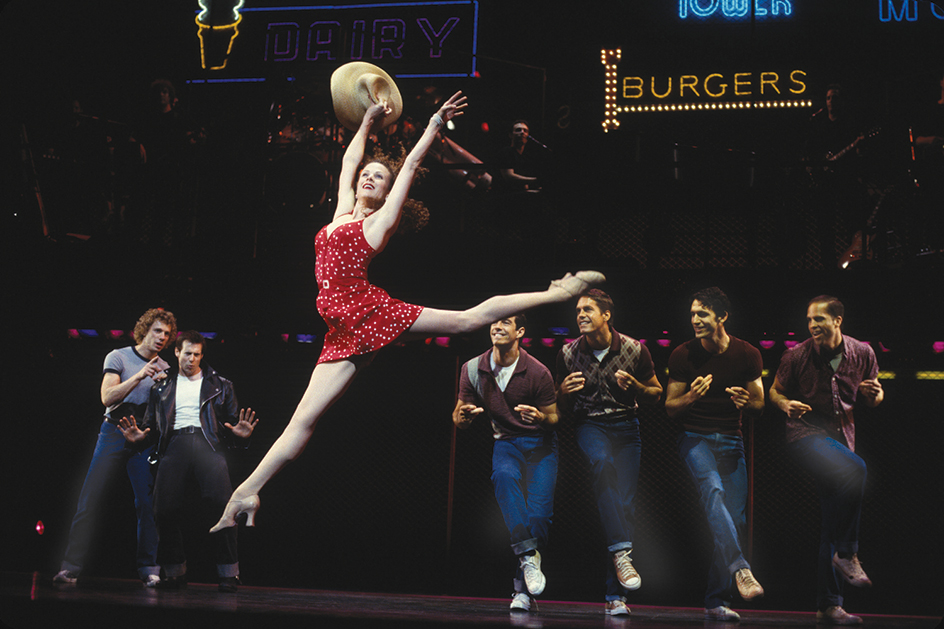
African Americans made important contributions to modern dance. Alvin Ailey was a major figure. In creating his American Dance Theater, Ailey sought to make modern dance into a vehicle for expressing the black experience through music and movement. His company gained praise for its exuberance and energy.
Modern dance flourished not only in the United States but in European countries as well, especially Germany, Belgium, and the Netherlands. Mary Wigman led the modern dance movement in Germany during the 1920’s and 1930’s. The leading modern dance choreographers at the end of the 1900’s included Pina Bausch of Germany and Jiri Kylian of the Czech Republic, who worked in the Netherlands.
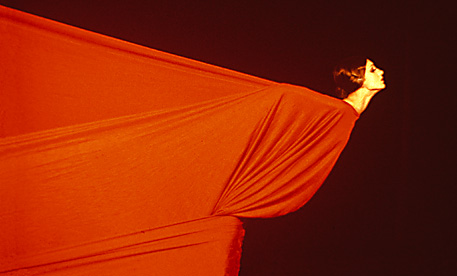
Many younger choreographers of the late 1900’s turned away from modern dance as an art that consisted purely of movement. Their work mixed and often emphasized video, spoken language, and other nondance elements.
Musical comedy
is a primarily American form of theatrical entertainment that typically tells a story through songs and dialogue as well as dance. Musicals generally feature athletic, rhythmic dancing, but some also include dance pieces that resemble classical ballet. Important ballet choreographers who have created dances for musical comedies include George Balanchine, Agnes de Mille, and Jerome Robbins. Some of the greatest American musicals are known primarily for their dances, such as Robbins’s West Side Story (1957); A Chorus Line (1975), with choreography by Michael Bennett; Chicago (1975), with choreography by Bob Fosse; My One and Only (1983), with choreography by Tommy Tune; and Crazy for You (1992), with choreography by Susan Stroman.
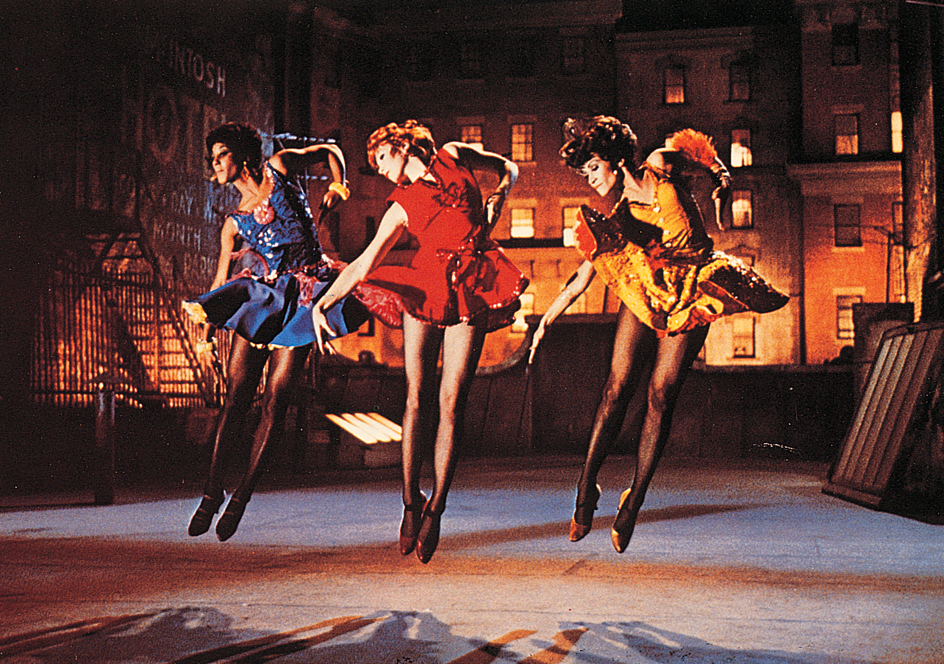
Other forms of theatrical dance
include jazz dance and tap dancing. Both are major elements of dance in musical comedies and in motion pictures.
Jazz dance, like jazz music, relies strongly on rhythm. It is usually energetic, with dancers using different parts of the body, such as the shoulders, pelvis, and head, in isolated movement. Jazz dancing is a personal style that emphasizes individual expression and often includes humor and improvisation.
Tap dancing combines dance traditions from Britain and Africa. It resembles jazz dancing in its strong rhythms and frequent displays of improvisation. Tap dancing relies almost totally on footwork, however. The feet become musical instruments, marking out complex rhythms with the heel and toe. Tap dancing underwent a revival during the 1990’s, largely due to the work of such young dancers and choreographers as Gregory Hines and Savion Glover.
Loading the player...Tap dancing rhythm
